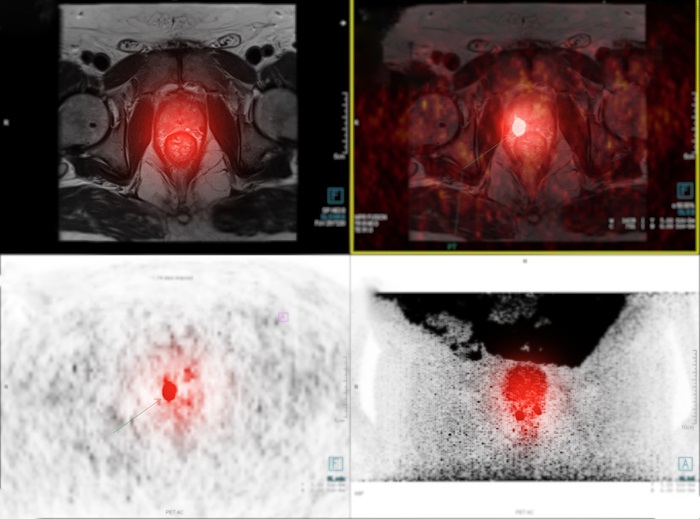New Technique Developed for the Prediction of Preterm Birth Risk
|
By MedImaging International staff writers Posted on 13 Oct 2015 |
The results of a new study suggest that ultrasonic attenuation could be used as an early indicator of prematurely birth risk.
The study was carried out by researchers at the University of Illinois at Chicago College of Nursing (UIC; Chicago, IL, USA). The UIC Nursing researchers predicted that performing an ultrasound exam could be used as a noninvasive measurement of changes in the cervix, before delivery of a baby. Premature birth accounts for 75% of abnormalities in babies, and, according to the US Centers for Disease Control and Prevention, cost the US healthcare system more than USD 26 billion in 2005.
The study was published in the journal Ultrasound in Medicine and Biology. In the study 67 African-American women underwent a total of 240 ultrasound exams to determine cervical length and signal attenuation. The study focused on the pregnancy periods between 17 and 21 weeks, and between 22 and 26 weeks. Ultrasounds exams for the 17 to 21 weeks gestation period showed significant changes in attenuation for women who later delivered prematurely, and those that carried their fetuses for the full term. Cervical length differences between the two groups were not significant. All of the women had a cervical length of more than 2.5 cm.
Research leader Barbara McFarlin, associate professor and head of women, child and family health science, said: "Cervical length assessment has become a widely used clinical measure for identifying women at high-risk for preterm birth. The risk of premature birth is greater in women with a short cervix than [in] women with a longer cervix. As the cervix changes from a firm to a supple, soft structure, estimates of attenuation from an ultrasound can provide clinicians with early tissue-based information, rather than waiting for symptoms of preterm birth. In the future, this can be a feature added to clinical ultrasound systems."
Related Links:
UIC Nursing
The study was carried out by researchers at the University of Illinois at Chicago College of Nursing (UIC; Chicago, IL, USA). The UIC Nursing researchers predicted that performing an ultrasound exam could be used as a noninvasive measurement of changes in the cervix, before delivery of a baby. Premature birth accounts for 75% of abnormalities in babies, and, according to the US Centers for Disease Control and Prevention, cost the US healthcare system more than USD 26 billion in 2005.
The study was published in the journal Ultrasound in Medicine and Biology. In the study 67 African-American women underwent a total of 240 ultrasound exams to determine cervical length and signal attenuation. The study focused on the pregnancy periods between 17 and 21 weeks, and between 22 and 26 weeks. Ultrasounds exams for the 17 to 21 weeks gestation period showed significant changes in attenuation for women who later delivered prematurely, and those that carried their fetuses for the full term. Cervical length differences between the two groups were not significant. All of the women had a cervical length of more than 2.5 cm.
Research leader Barbara McFarlin, associate professor and head of women, child and family health science, said: "Cervical length assessment has become a widely used clinical measure for identifying women at high-risk for preterm birth. The risk of premature birth is greater in women with a short cervix than [in] women with a longer cervix. As the cervix changes from a firm to a supple, soft structure, estimates of attenuation from an ultrasound can provide clinicians with early tissue-based information, rather than waiting for symptoms of preterm birth. In the future, this can be a feature added to clinical ultrasound systems."
Related Links:
UIC Nursing
Latest Ultrasound News
- Ultrasound Can Identify Sources of Brain-Related Issues and Disorders Before Treatment

- New Guideline on Handling Endobronchial Ultrasound Transbronchial Needle Samples
- Groundbreaking Ultrasound-Guided Needle Insertion System Improves Medical Procedures
- Medical Imaging Breakthrough to Revolutionize Cancer and Arthritis Diagnosis
- Ultrasound Test Detects Ovarian Cancer in Postmenopausal Women with Highest Accuracy Of 96%
- Ultrasound-Activated Hydrogel Could Revolutionize Drug Delivery for Medical Applications
- Wearable Ultrasound Navigation System Could Improve Lumbar Puncture Accuracy
- New Ultrasound Technologies Improve Diagnosis for Cancer, Liver Disease and Other Pathologies
- Wearable Ultrasound Device Helps Hospital Reduce Sepsis Mortality, Length of Stay, and Cost
- Noninvasive Ultrasound Technology Provides Effective Treatment for Urinary Stones
- AI Powered Portable Lung Imaging Brings Life-Saving Diagnostic Capabilities to POC
- AI May Benefit Decision-Making in Less Experienced Clinicians Assessing Heart Ultrasounds
- Robotic Arm-Based Remote Echocardiograms Offer Same Diagnostic Accuracy as In-Person Echocardiography
- Ultrasound Device Noninvasively Stimulates Deep Brain Regions for Treating Chronic Pain
- New Ultrasound Terminology for Early Pregnancy Endorsed by Expert Panel
- AI Automates Detection of Mitral Regurgitation on Echocardiograms for Minimally Invasive Procedure
Channels
Radiography
view channel
Novel Breast Cancer Screening Technology Could Offer Superior Alternative to Mammogram
Breast cancer represents 15.5% of new cancer cases and 7% of cancer-related deaths in the United States. Approximately 13.1% of women will be diagnosed with breast cancer during their lifetime.... Read more
Artificial Intelligence Accurately Predicts Breast Cancer Years Before Diagnosis
Mammography screening helps reduce breast cancer mortality; however, its accuracy is not perfect. For decades, various strategies have been employed to enhance the interpretive performance of mammography,... Read more (1).jpg)
AI-Powered Chest X-Ray Detects Pulmonary Nodules Three Years Before Lung Cancer Symptoms
Lung cancer has one of the worst survival rates among all cancers, with more than two-thirds of patients diagnosed at an advanced stage, making curative treatment no longer viable. The issue of missed... Read moreMRI
view channel
Groundbreaking AI-Powered Software Significantly Enhances Brain MRI
Contrast-enhanced magnetic resonance imaging (MRI) utilizes contrast agents to illuminate specific tissues or abnormalities, leading to improved visualization and more comprehensive information.... Read more.jpeg)
MRI Predicts Patient Outcomes and Tumor Recurrence in Rectal Cancer Patients
Colorectal cancer is on the rise among younger adults—those under 50—while it has been declining in older populations. It is estimated that approximately 1 in 23 men and 1 in 25 women will be diagnosed... Read more
Portable MRI System Dramatically Cuts Time-To-Scan vs. Conventional MRI in Stroke Patients
Imaging of the brain is crucial for the management of acute stroke and transient ischemic attack. Key roles of imaging include confirming the diagnosis, determining treatment eligibility, indicating the... Read moreNuclear Medicine
view channel
PET Software Enhances Diagnosis and Monitoring of Alzheimer's Disease
Alzheimer’s disease is marked by the buildup of beta-amyloid plaques and tau protein tangles in the brain. These deposits of beta-amyloid and tau appear in various brain regions at differing rates as the brain ages.... Read more.jpg)
New Photon-Counting CT Technique Diagnoses Osteoarthritis Before Symptoms Develop
X-ray imaging has evolved significantly since its introduction in 1895. This technique is known for capturing images quickly, making it ideal for emergency situations; however, it does not provide adequate... Read moreGeneral/Advanced Imaging
view channel
Low-Dose CT Screening for Lung Cancer Can Benefit Heavy Smokers
Lung cancer is often diagnosed at a late stage, with only about one-fifth to one-sixth of patients surviving five years after diagnosis. A new report now suggests that low-dose computed tomography (CT)... Read more![Image: A kidney showing positive [89Zr]Zr-girentuximab PET and histologically confirmed clear-cell renal cell carcinoma (Photo courtesy of Dr. Brian Shuch/UCLA Health) Image: A kidney showing positive [89Zr]Zr-girentuximab PET and histologically confirmed clear-cell renal cell carcinoma (Photo courtesy of Dr. Brian Shuch/UCLA Health)](https://globetechcdn.com/mobile_medicalimaging/images/stories/articles/article_images/2024-10-04/ca9scan.jpg)
Non-Invasive Imaging Technique Accurately Detects Aggressive Kidney Cancer
Kidney cancers, known as renal cell carcinomas, account for 90% of solid kidney tumors, with over 81,000 new cases diagnosed annually in the United States. Among the various types, clear-cell renal cell... Read more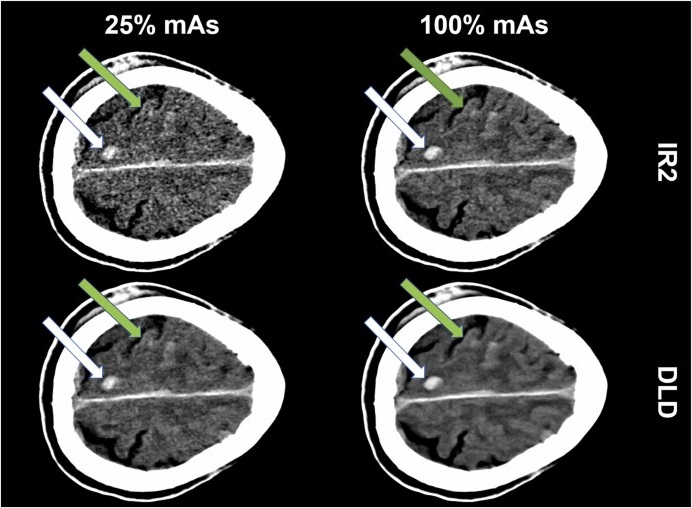
AI Algorithm Reduces Unnecessary Radiation Exposure in Traumatic Neuroradiological CT Scans
Traumatic neuroradiological emergencies encompass conditions that require immediate and accurate diagnosis for effective treatment and optimal patient outcomes. These emergencies can include injuries to... Read more
New Solution Enhances AI-Based Quality Control and Diagnosis in Medical Imaging
Medical image data makes up 80% of clinical data, and artificial intelligence (AI) offers significant potential to unlock its full value, which is crucial for clinical diagnosis, decision-making, and disease... Read moreImaging IT
view channel
New Google Cloud Medical Imaging Suite Makes Imaging Healthcare Data More Accessible
Medical imaging is a critical tool used to diagnose patients, and there are billions of medical images scanned globally each year. Imaging data accounts for about 90% of all healthcare data1 and, until... Read more
Global AI in Medical Diagnostics Market to Be Driven by Demand for Image Recognition in Radiology
The global artificial intelligence (AI) in medical diagnostics market is expanding with early disease detection being one of its key applications and image recognition becoming a compelling consumer proposition... Read moreIndustry News
view channel.jpeg)
Philips and Medtronic Partner on Stroke Care
A stroke is typically an acute incident primarily caused by a blockage in a brain blood vessel, which disrupts the adequate blood supply to brain tissue and results in the permanent loss of brain cells.... Read more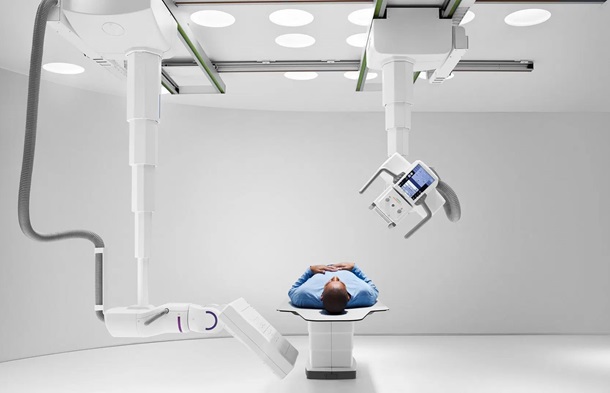
Siemens and Medtronic Enter into Global Partnership for Advancing Spine Care Imaging Technologies
A new global partnership aims to explore opportunities to further expand access to advanced pre-and post-operative imaging technologies for spine care. Medtronic plc (Galway, Ireland) and Siemens Healthineers... Read more
RSNA 2024 Technical Exhibits to Showcase Latest Advances in Radiology
The Radiological Society of North America (RSNA, Oak Brook, IL, USA) has announced highlights of the Technical Exhibits at RSNA 2024: Building Intelligent Connections, the Society’s 110th Scientific Assembly... Read more










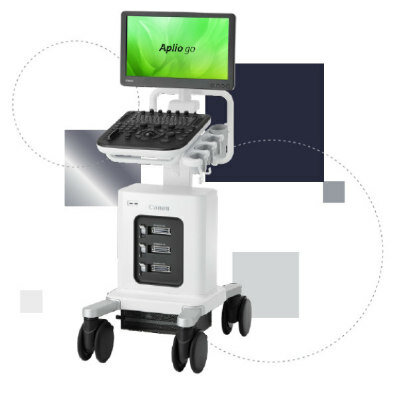


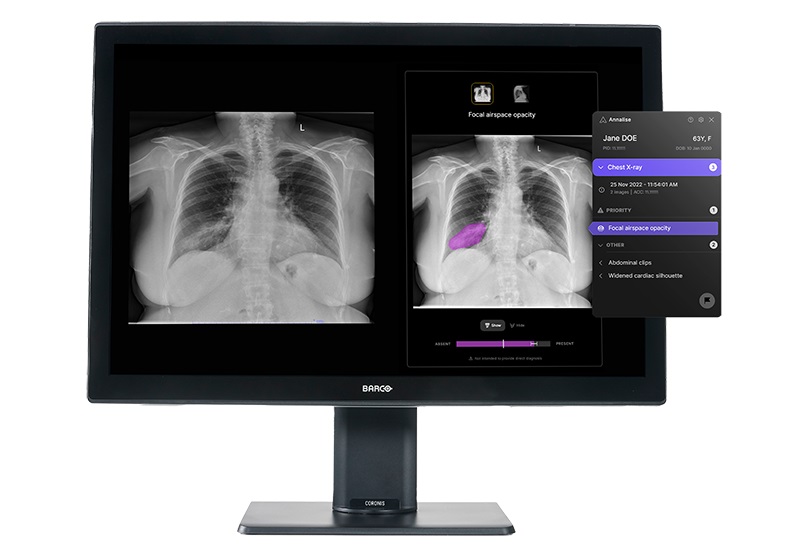
.jpg)
